History
The first Polynesian settlers, the Maori, arrived in New Zealand in the 10th century and named it Aotearoa Land of the Long White Cloud. By the 12th century, there were scattered settlements in favored parts of the country. In 1840, the Maori population was estimated at 100,000.
In 1642, the Dutch navigator Abel Tasman sighted Aotearoa. He mapped parts of the West Coast but did not land. IN 1769 the British naval Captain James Cook and his crew became the first Europeans to set food on New Zealand soil. Eventually sealers and whalers began to arrive, followed by Christian missionaries, and the first European settlements were established.
In 1840, New Zealand was established as a colony under the British Crown, when the chiefs of most Maori tribes and representatives of the Crown signed the Treaty of Waitangi on 6 February 1840. This agreement is recognized as the founding document of the nation. The British connection remained an important part of New Zealand culture and Britain was often referred to as ‘home’. Just over 100,000 New Zealanders fought on Britain’s behalf in World War I. New Zealand also made a significant contribution during World War II, with nearly 10% of the population serving overseas. After the war, New Zealand’s agricultural products were in demand and the 1950’s saw prosperity, full employment and considerable growth.
Maori Culture
Maori people have a distinctive culture, much of which is based around the marae – the meeting place of an iwi (tribe) or hapu (subtribe). The word marae refers to the open ground in front of a wharenui (meeting house), although the word is sometimes used to refer simultaneously to the wharenui, the open space and other communal facilities.
The marae is a spiritual place where the dead are mourned, guests are housed, weddings are held, reunions are celebrated, and matters of importance to the community are discussed. Each iwi has a number of marae in its tribal area and in addition there are also urban marae – set up as increasing numbers of Maori people migrate to urban areas. Urban marae typically serve as community centres for people from a number of iwi, and they have modern as well as traditional carvings and decorations. If you visit a marae with a group on a formal occasion, you will receive a ceremonial welcome. The ceremony will differ according to the protocol of the iwi.
Languages
All New Zealanders speak English and many speak no other language, so it essential that any new migrants speak English well. If may take time to get used to the New Zealand accent, so you may have to ask people to talk more slowly and to repeat what they have said.
New Zealand Maori is the indigenous language of New Zealand and is spoken by about 50,000 Maori people and a small number of Europeans. Interest in promoting Maori language (te reo) has increased dramatically over the last 20 years and is commonly heard on the marae and in rural areas where Maori people predominate. Maori language is also taught in schools and universities.
Becoming a Citizen
New Zealand citizenship gives you the same rights as people born in New Zealand, including the right to have a New Zealand passport. All citizenship procedures and enquiries are handled by the New Zealand Department of Internal Affairs.

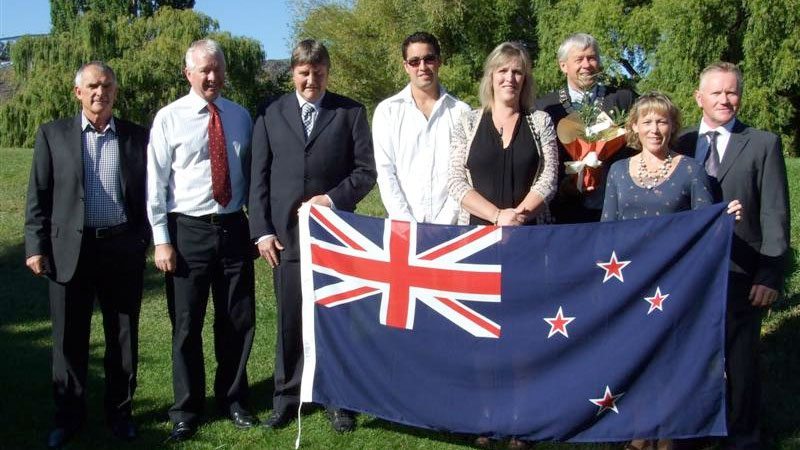
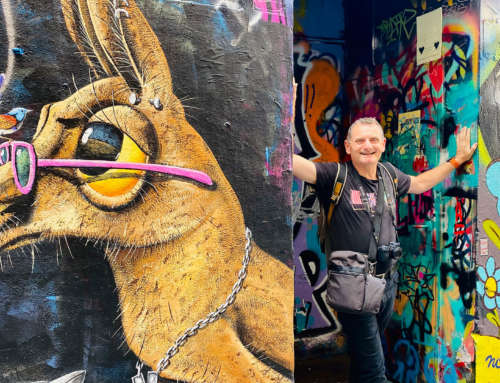
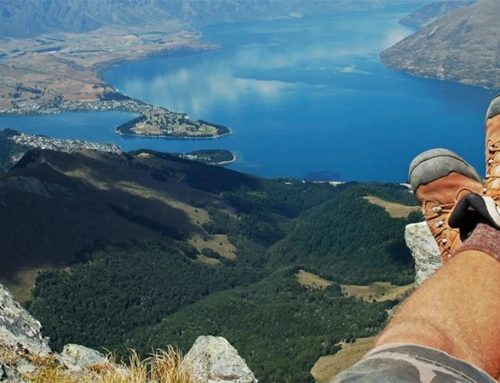
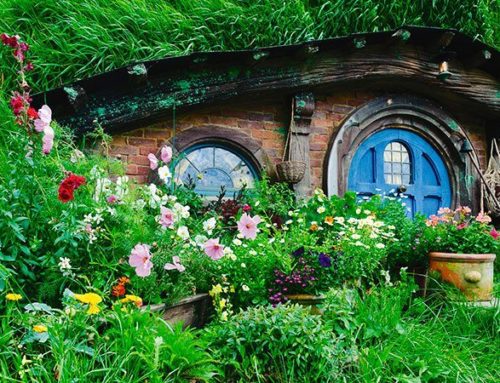
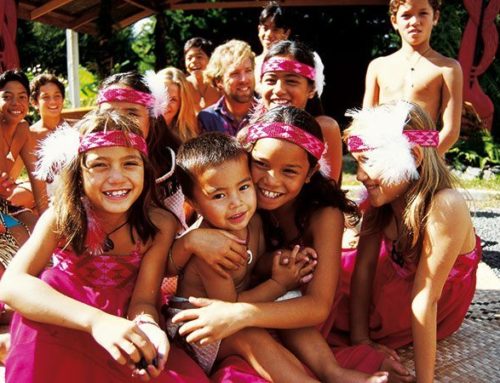
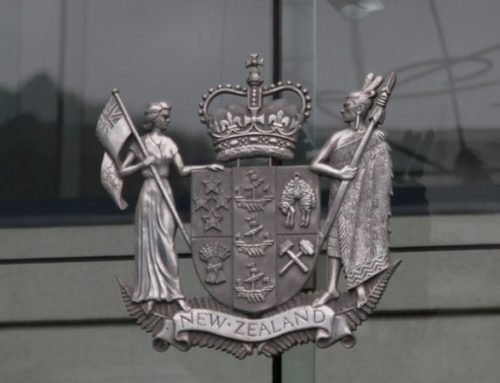
Leave A Comment